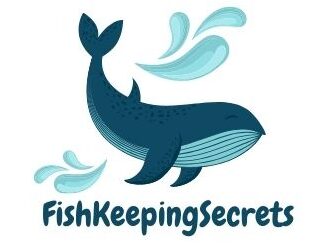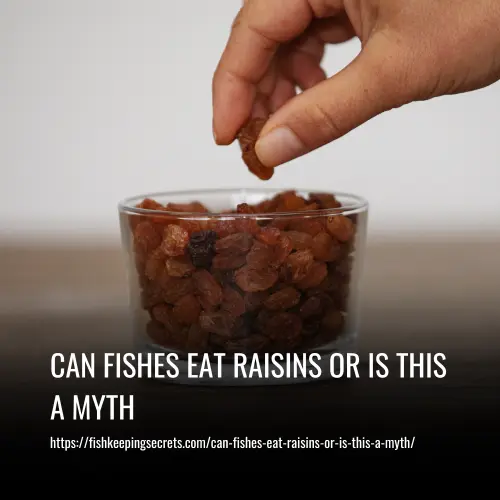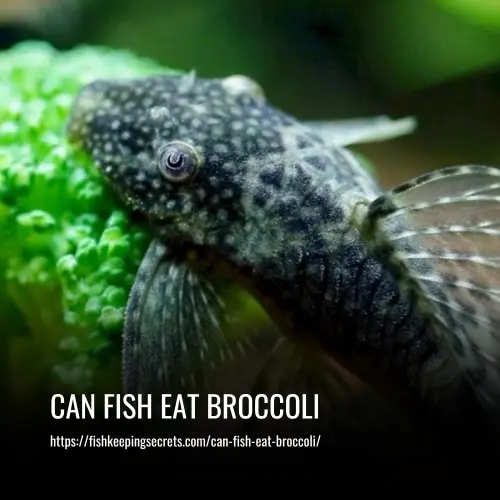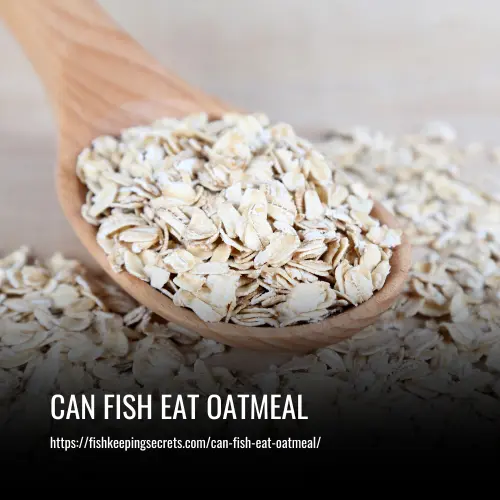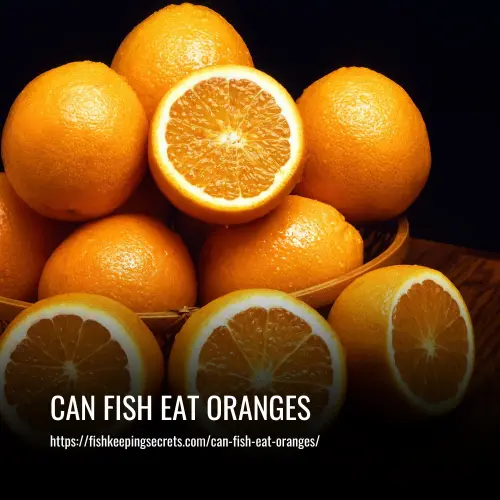Can Fish Eat Edamame
This post contains affiliate links. As an Amazon Associate, we earn from qualifying purchases.
Fish should not eat edamame or soybeans. These foods contain compounds that can negatively impact the digestive processes of fish. It is recommended to provide fish with high-content fishmeal pelletized feed for optimal growth and nutrition.
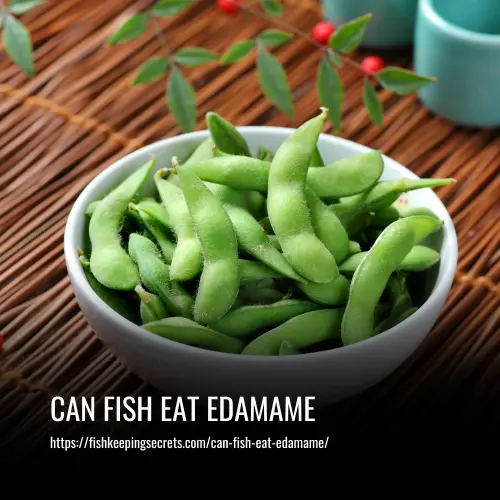
Nutritional Benefits of Edamame for Fish
Edamame, or soybeans, can be a nutritious food option for some fish species. They are high in protein, which is essential for fish growth and development. Edamame also contains various vitamins and minerals, such as vitamin C, vitamin K, and potassium, which can support overall fish health.
However, it is important to note that not all fish species can digest and utilize soy-based foods effectively. Therefore, it is recommended to consult with a veterinarian or fish nutritionist to determine the specific nutritional needs of your fish species before incorporating edamame into their diet.
The Dangers of Feeding Edamame to Fish
Feeding edamame to fish can be dangerous for several reasons. First, edamame is a soy product, and soy can have negative effects on the digestive system of some fish species. It can cause bloating, gas, and other gastrointestinal issues. Second, edamame can be difficult for fish to properly digest, which can lead to constipation or other digestive problems.
Finally, edamame can also contain harmful additives or preservatives that can be toxic to fish. It is best to consult with a veterinarian or a fish expert before feeding edamame or any other human food to fish.
Types of Fish That Can Eat Edamame
Edamame is a popular snack made from immature soybeans. While it is not a common food for fish, there are some species that may eat edamame. Some types of fish that might eat edamame include koi fish, goldfish, tilapia, and certain species of carp.
However, it is important to note that fish have specific dietary needs, and edamame should not be the sole or primary food source for these fish. It is always best to consult with an expert or do thorough research before introducing any new food into a fish’s diet.
How to Prepare Edamame to Feed Your Fish
Here’s how to prepare edamame for your fish:
1. Cook the edamame: Boil or steam the edamame pods until they are soft and tender. Make sure to remove them from the shell before feeding them to your fish.
2. Mash or blend the edamame: After cooking, mash or blend the edamame to make it easier for your fish to consume. You can use a food processor or blender to create a smooth paste.
3. Feed in small portions: Offer small portions of the mashed or blended edamame to your fish. Start with a small amount and observe how they respond to it. If they eat it without any issues, you can gradually increase the amount.
4. Avoid additives: Do not add any seasonings or additives to the edamame before feeding it to your fish. They should only be given fresh, plain edamame.
Remember, edamame should be offered as a treat or occasional supplement to your fish’s regular diet. It should not replace their main source of nutrition. Consult with a veterinarian or aquatic specialist for specific feeding recommendations for your type of fish.
FAQs
Feeding fish edamame in excessive amounts can lead to digestive issues, so it’s important to feed it in moderation.
Yes, alternative foods to edamame for fish include peas, spinach, and other green vegetables that are rich in nutrients.
Not all fish may enjoy or be suited to consuming edamame. It’s important to research the specific dietary needs of the fish species before introducing edamame to their diet.
Fish can eat a variety of foods including commercial fish pellets, freeze-dried or live insects, and small pieces of fruits or vegetables. It is important to provide a balanced diet to ensure their overall health and well-being.
Conclusion
In conclusion, while fish can eat edamame in moderation, it’s essential to consider the potential risks and benefits. Edamame can provide essential nutrients and variety to a fish’s diet, but excessive consumption can lead to digestive issues and potential harm from the outer pod.
It’s important to carefully prepare and introduce edamame into a fish’s diet, ensuring it is suitable for their specific species and size. Consulting with a veterinarian or experienced fish owner can provide valuable insights and recommendations for incorporating edamame into a fish’s diet safely.
